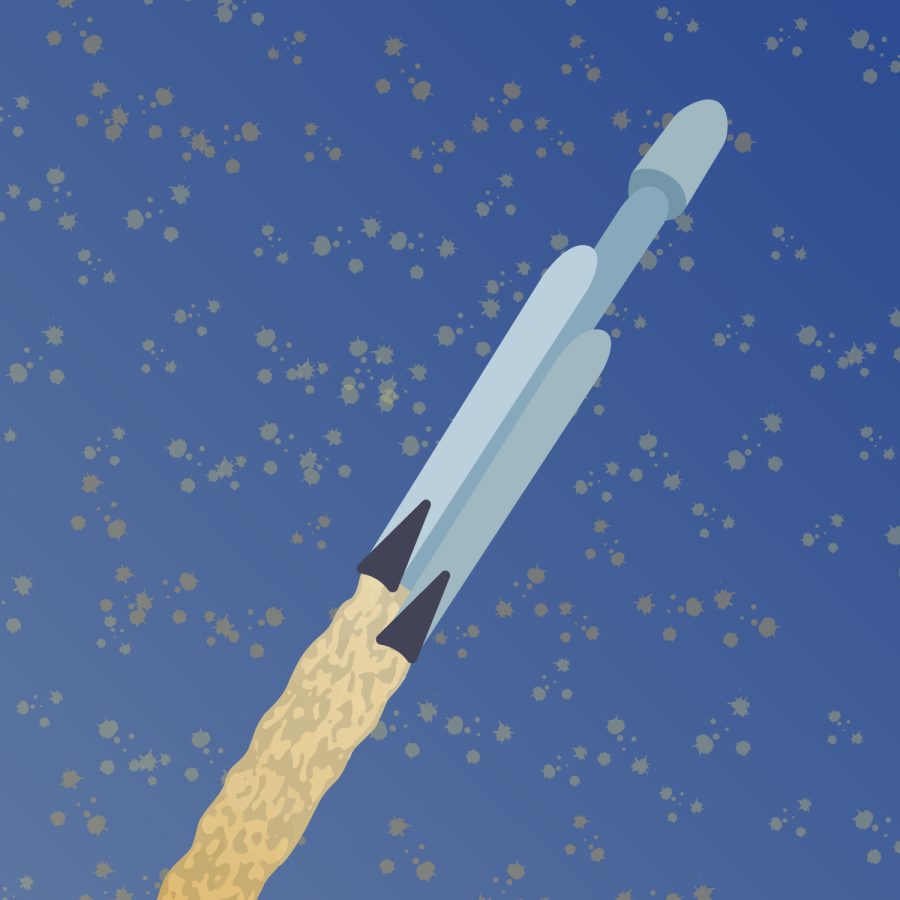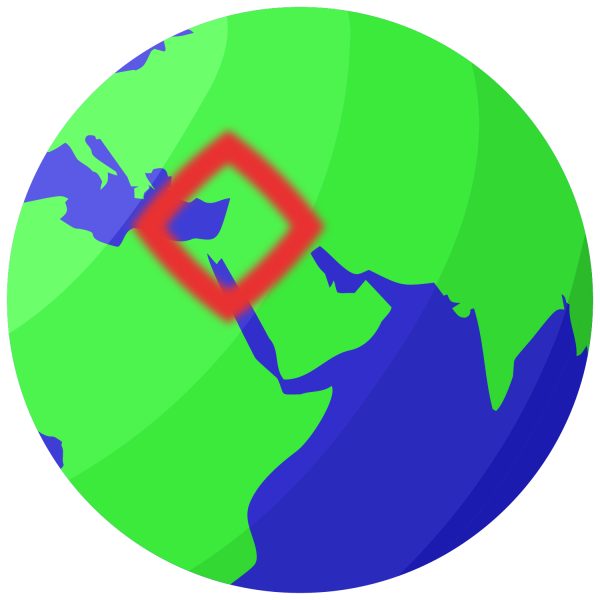The Falcon Heavy Rocket: Five Years Ago
Privatized space travel and how far its gone since breakthrough launch
Five years ago, the history of rocket engineering and space travel was made with the demonstration launch of SpaceX’s Falcon Heavy Rocket after launching from the Kennedy Space Center on Feb. 6, 2018.
The demonstration had two parts to it: one was to show the payload capacity of the rocket and the other was to show the self-landing sequence of the boosters.
The chosen payload for the rocket was a Tesla Roadster, and the planned destination was to be set in orbit around the sun with an orbit greater than Mars. The total thrust of the rocket’s 27 Merlin Engines can be equated to around five million pounds of force that can send 141,000 pounds into a low Earth orbit.
On the day of the launch the two self-landing boosters touched down at the pre-determined landing zones at Cape Carnival Air Force Station. The internal engine landing sequence failed to ignite the landing burners causing that engine to be unrecoverable.
For the second stage of the rocket with the payload, it managed to make it out of Earth’s atmosphere with the payload intact. It was set into orbit around Earth before the final engine burn stage was ignited and it was sent into its final solar orbit.
Since its debut, the Falcon Rocket has been used in four missions, both for commercial use and by the Department of Defense. Future missions have also been scheduled for the Falcon Rocket, including aiding in NASA’s Psyche mission.
The Psyche mission is to observe and collect samples from a nickel-iron based asteroid that has an orbit between Mars and Jupiter. The Falcon Rocket will be used to transport the Psyche spacecraft to this asteroid. The launch date for this mission is scheduled for Oct. 1, 2023.
Another planned mission is to use the Falcon Rocket to transport the Europa Clipper into an orbit around Jupiter to preform approximately 44 fly-bys of the moon Europa. It will take 3.5 years to complete the fly-bys and the craft will get as close as 16 miles to the moon surface. The launch for this mission has a 21-day window in Oct. 2024.
Lastly, it will be used to take part in the Volatiles Investigating Polar Exploration Rover (VIPER) mission, where it will carry a lunar lander to the south polar region of the moon. This mission will land the first woman and person of color on the moon. The planned date for this mission is no later than May 2027.
The Falcon Heavy Rocket has proven to be a breakthrough in space travel for its optimization and efficiency. A new door has been opened and will allow humans to reach greater distances where no one has gone before.















